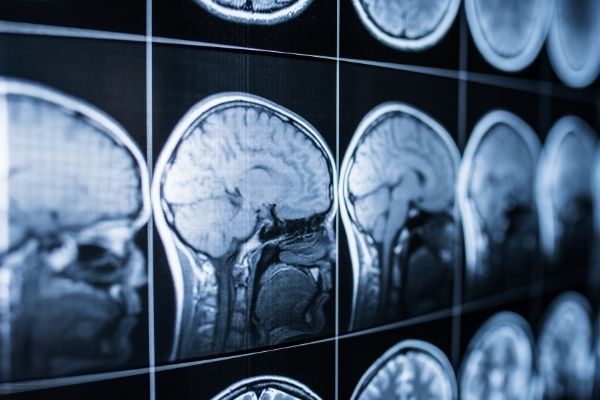Technology advancements have made daily tasks, such as staying connected, a breeze. Of all the tech improvements, fiber optic cables have proven substantial. They’ve enabled incredible conveniences that enhance public communication, health, and transportation. Within the medical industry, optical fibers have produced more reliable testing and accurate diagnoses. For neurology, the improvement is monumental. Take a look at how neurologists use fiber optic cables to identify common brain conditions and inform the best plan of care for suffering patients.
Fiber Optics in Neurology
If you asked how neurologists use fiber optic cables, insightful brain scans would be the leading answer.Understanding how fiber optics work allows neurologists to achieve more accurate and profound details on a patient’s nervous system.
Tools Neurologists Use
Neurologists use endoscopes constructed from optical fibers to access areas of the brain that we can’t reach with traditional surgery. Through minimally invasive surgeries and fiber optics, neurosurgeons gain insight into sections of the brain that may indicate a neurological disorder and remove tumors without damaging other parts of the skull.
Types of Brain Scanners
Brain scanners are imperative to neurological help, as they reflect movement and unique patterns inside a patient’s brain. Many brain scanners also enlist fiber optics for more precise assessments. Equipment used to diagnose neurological conditions varies. Most common brain scanners include the following:
- Magnetic resonance imaging (MRI)
- Computer tomography (CT)
- Electroencephalography (EEG)
- Positron emission tomography (PET) scans
- Diffusion tensor imaging (DTI)
By assessing the right brain patterns, doctors may be able to find personalized, adequate treatment on the first try. Catching a disease early on can encourage habits that delay the symptoms.
Neurological Diseases
Neurological disorders impact people all over the world, making the work of dedicated neurologists crucial to numerous livelihoods. Some common conditions that medical professionals look out for are:
- Alzheimer’s disease
- Epilepsy
- Stroke
- Migraines
- Parkinson’s disease
- Brain tumors and aneurysms
Moving Forward
Neurologists expect new horizons with brain technology and a factor highly influential to wellbeing—our mental health. Psychiatrists and neurologists are hopeful that they’ll be able to accurately treat people who suffer from anxiety or depression based on their brain patterns via fiber optics.













